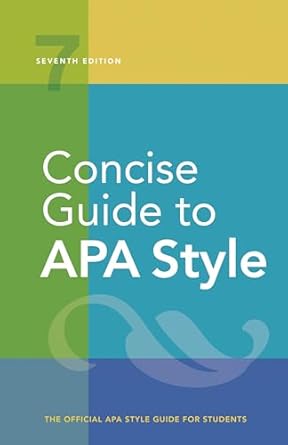[toc]
disability language personfirst vs identityfirst
Concise Guide to APA Style: 7th Edition
Page 86 Review
Understanding Bias-Free Language: A Deep Dive into Disability Terminology
The excerpt provided offers valuable insights into the evolving landscape of disability language and the importance of using respectful and inclusive terminology.
It emphasizes the need to prioritize the preferences of individuals and groups with disabilities when referring to them.
Let’s break down the key concepts presented:
The Core Principle: Integrity and Respect
The overarching principle highlighted is maintaining the integrity, worth, and dignity of all individuals.
As stated, “The overall principle for using disability language is to maintain the integ- rity (worth and dignity) of all individuals as human beings.” This principle should guide all communication about disability, ensuring that language choices reflect respect and understanding.
Person-First Language: Emphasizing the Individual
Person-first language prioritizes the individual over their disability.
The excerpt explains, “In person-first language, the person is empha- sized, not the individual’s disabling or chronic condition (e.g., use “a person with paraplegia” and “a youth with epilepsy” rather than “a paraplegic” or “an epileptic”).” This approach aims to avoid defining individuals solely by their disability, recognizing their multifaceted identity.
The excerpt further illustrates this point with examples related to groups of people: “This principle applies to groups of peo- ple as well (e.g., use “people with substance use disorders” or “peo- ple with intellectual disabilities” rather than “substance abusers” or “the mentally retarded”; University of Kansas, Research and Training Center on Independent Living, 2013).”
Identity-First Language: Claiming Disability as Identity
In contrast to person-first language, identity-first language places the disability at the forefront.
As the excerpt notes, “In identity-first language, the disability be- comes the focus, which allows the individual to claim the disabil- ity and choose their identity rather than permitting others (e.g., authors, educators, researchers) to name it or to select terms with negative implications (Brown, 2011/n.d.; Brueggemann, 2013; Dunn & Andrews, 2015).”
The rationale behind identity-first language is often rooted in cultural pride and reclaiming a previously stigmatized identity.
The text mentions, “Identity-first language is often used as an expres- sion of cultural pride and a reclamation of a disability that once conferred a negative identity.
This type of language allows for con- structions such as “blind person,” “autistic person,’ and “amputee.””
Honoring Preferences: The Key to Respectful Communication
The excerpt emphasizes the importance of honoring the preferences of disabled individuals and groups.
It states, “When you use the disability language choices made by groups of disabled individuals, you honor their preferences.
For example, some Deaf individuals culturally prefer to be called “Deaf” (capitalized) rather than “people with hearing loss” or “people who are deaf” (Dunn & Andrews, 2015).
Likewise, use the term “hard of hearing” rather than “hearing-impaired.” Honoring the preference of the group is not only a sign of professional awareness and respect for any disability group but also a way to offer solidarity.”
Evolving Language: Staying Informed and Adaptable
The passage acknowledges that language surrounding disability is constantly evolving.
It says, “The language to use where disability is concerned is evolving.” This underscores the need for ongoing learning and a willingness to adapt language choices as societal understanding and preferences change.
It also clearly states the guideline to be followed, “Language should be selected with the understanding that the expressed preference of people with disabilities regarding iden- tification supersedes matters of style.”
Specific Examples and Considerations
The excerpt provides concrete examples to illustrate these principles.
The preference of some Deaf individuals to be called “Deaf” (capitalized) is mentioned, along with the recommendation to use “hard of hearing” instead of “hearing-impaired.” These examples highlight the importance of being aware of specific community preferences.
The overall message underscores the need for sensitivity, awareness, and a commitment to using language that empowers and respects individuals with disabilities.
By prioritizing their preferences and staying informed about evolving terminology, we can contribute to a more inclusive and equitable society.
In conclusion, this is not just a matter of semantics, but one of respecting people’s own identity and choosing language in a way that makes them feel welcome and understood.
Buy full ebook for only $18: https://www.lulu.com/shop/american-psychological-association/concise-guide-to-apa-style-7th-edition-official/ebook/product-rmzpq54.html?page=1&pageSize=4

